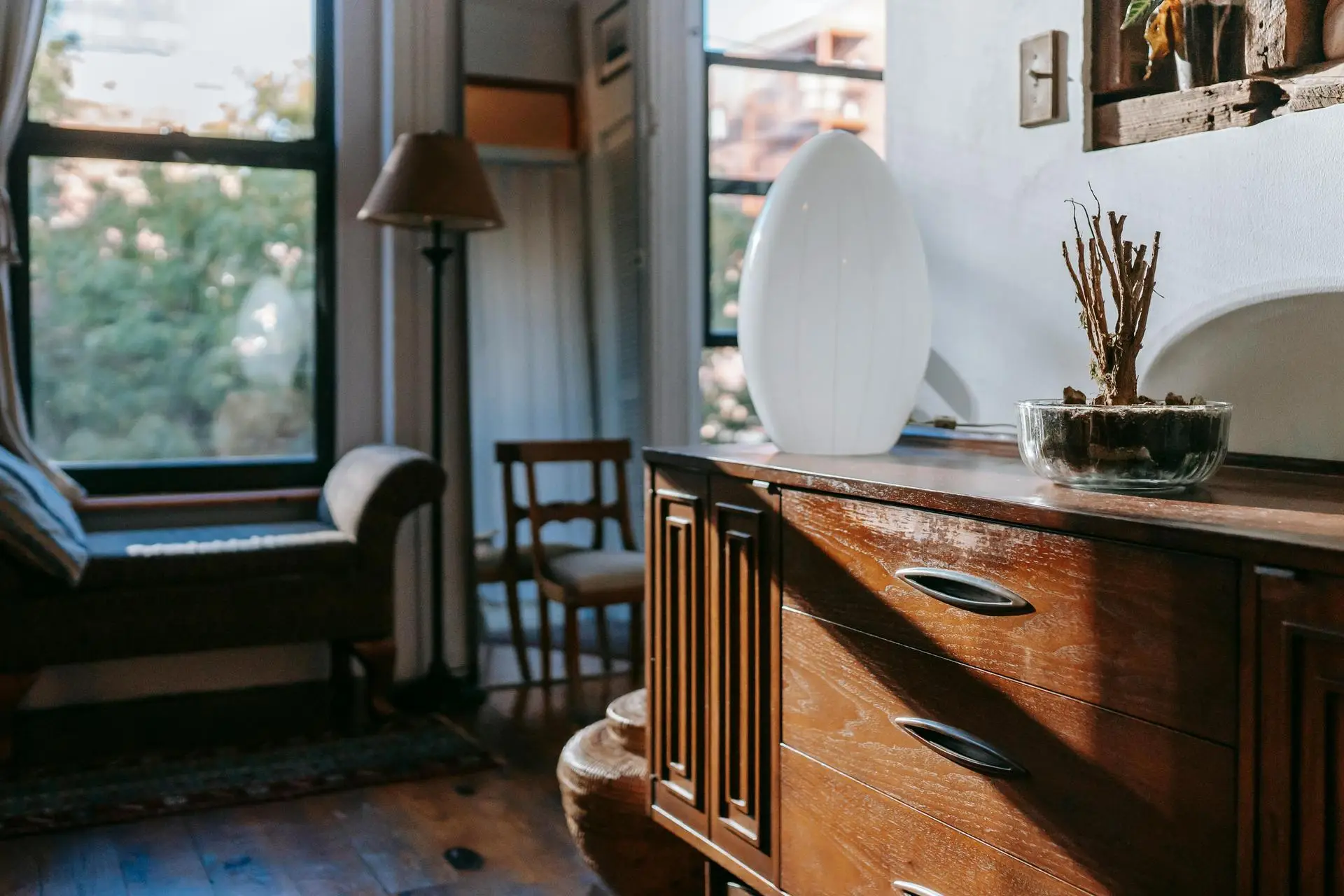How to Choose the Right Furniture for Different Room Layouts
Introduction: The Art of Furniture Selection
Choosing the right furniture is more than just an aesthetic decision; it plays a pivotal role in enhancing the functionality and comfort of any space. The way furniture is selected directly influences the overall atmosphere and usability of a room. A well-chosen piece can transform a bland area into a cozy haven, while poor selections may lead to clutter and discomfort. Therefore, understanding the balance between style and practicality is essential when selecting furniture that complements the unique layout of each room.
Understanding Room Layouts: A Foundation for Furniture Choices
Before diving into furniture selection, it's crucial to understand the various room layouts that exist. Common layouts include open concept, where spaces flow seamlessly into one another; traditional, characterized by defined areas; and L-shaped, which can create cozy nooks. Each layout presents its own challenges and opportunities for furniture arrangement. For instance, open concept designs benefit from versatile furniture that can anchor different areas without blocking sightlines. To explore interior design principles further, check out this resource on interior design.
Key Considerations When Choosing Furniture
Space Measurement and Planning
One of the most critical steps in selecting furniture is accurately measuring room dimensions. Understanding the size and shape of a room helps in creating a practical floor plan. Before shopping, it is advisable to sketch out the room's layout, noting where doors, windows, and electrical outlets are located. This ensures that any furniture chosen will fit comfortably within the space, allowing for easy movement and accessibility.
Functionality and Purpose
The purpose of a room significantly influences furniture selection. For instance, a living room intended for socializing may require a sectional sofa and coffee table, while a home office might benefit from an ergonomic chair and a spacious desk. In smaller spaces, multifunctional furniture, such as a sofa bed or an extendable dining table, can maximize usability without compromising style.
Choosing the Right Style for Your Room Layout
Furniture styles vary widely, from modern and minimalist to rustic and eclectic. Each style has its own characteristics that can either enhance or clash with a room's layout. Maintaining a cohesive design theme throughout the space is essential for creating a harmonious look. For those who enjoy a mix of aesthetics, blending styles can add a personalized touch, but care should be taken to ensure that the overall design remains balanced and appealing.
Color and Material Considerations
The colors and materials selected for furniture can dramatically affect the perception of space. Lighter colors can make a room feel larger, while darker hues can create a sense of intimacy. It's important to choose materials that not only complement the room layout but also suit the intended use. For example, durable fabrics are ideal for high-traffic areas, while softer materials can enhance comfort in relaxation zones. For a deeper understanding of color theory, consider visiting this color theory resource.
Tips for Specific Room Types
Living Rooms
In living rooms, furniture arrangements should facilitate social interaction and relaxation. A central coffee table surrounded by comfortable seating encourages conversation, while strategically placed accent chairs can create inviting corners for quieter moments.
Bedrooms
For bedrooms, maximizing comfort and storage is key, especially in smaller layouts. Consider beds with built-in drawers or nightstands that double as storage units. This ensures the space remains uncluttered while providing essential functionality.
Home Offices
When designing a home office, select furniture that enhances productivity and ergonomics. An adjustable chair and a desk at the right height can make a significant difference in comfort during long working hours.
Dining Areas
Creating a balanced dining space involves selecting the right table size and chairs. Ensure that there is enough space for guests to move around comfortably. A round table can be a great option for smaller areas, as it promotes easy flow and conversation.
Avoiding Common Furniture Mistakes
Many individuals fall into common pitfalls when selecting and arranging furniture. Overcrowding a room with too many pieces can lead to a chaotic and uncomfortable environment. Additionally, mismatched styles can disrupt the visual flow of a space. To avoid these mistakes, it's essential to prioritize functionality and coherence in design. Keeping the layout open and allowing for ample walking space can enhance the overall appeal of any room.
Final Thoughts: Creating Harmony in Your Home
The importance of thoughtful furniture selection based on room layouts cannot be overstated. By taking the time to consider both style and functionality, individuals can create spaces that reflect their personal tastes while meeting their practical needs. Whether visiting a local furniture store or consulting with an interior designer, the journey of selecting the right furniture should be enjoyable and fulfilling. Embrace the opportunity to create a harmonious home that is both beautiful and functional.





